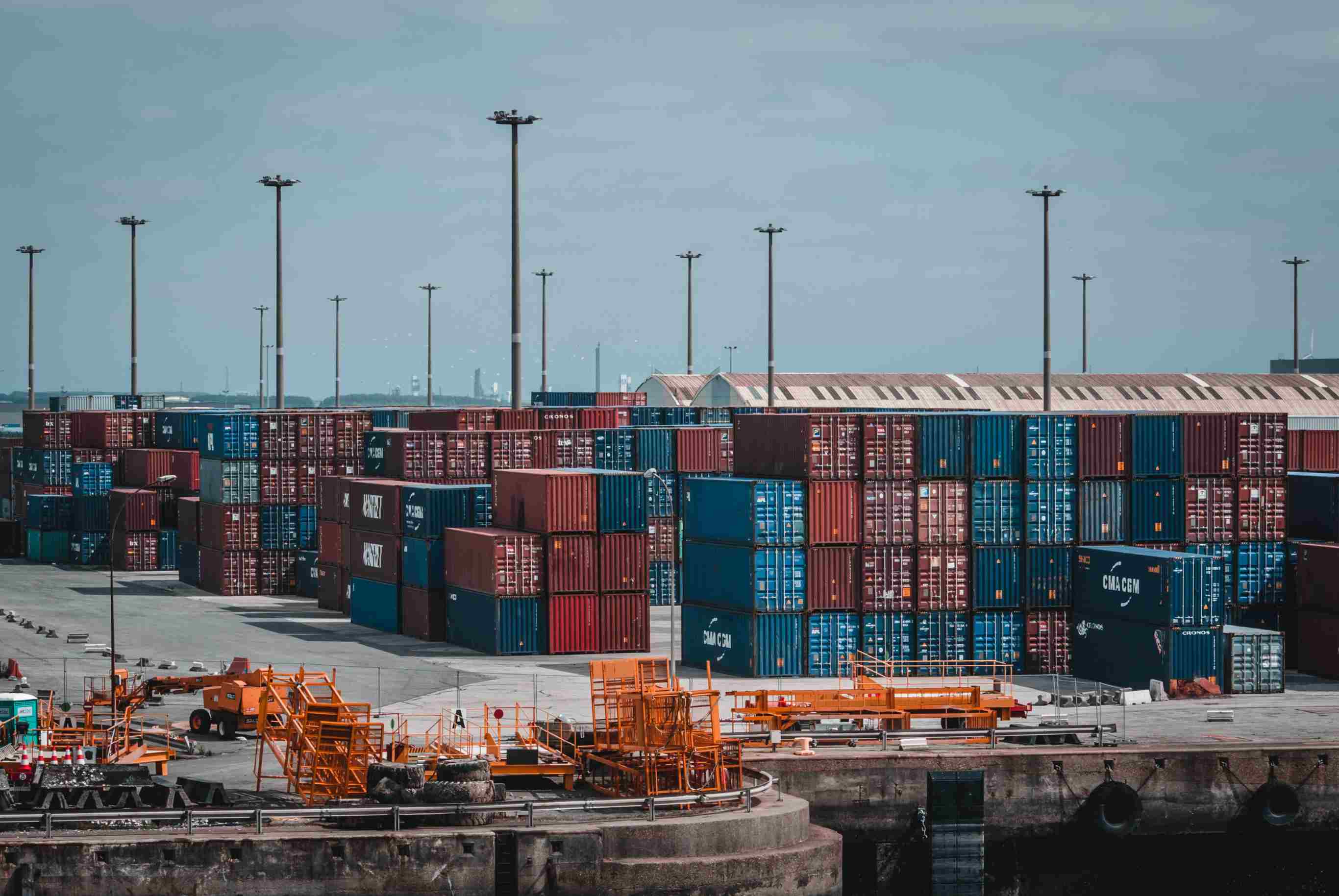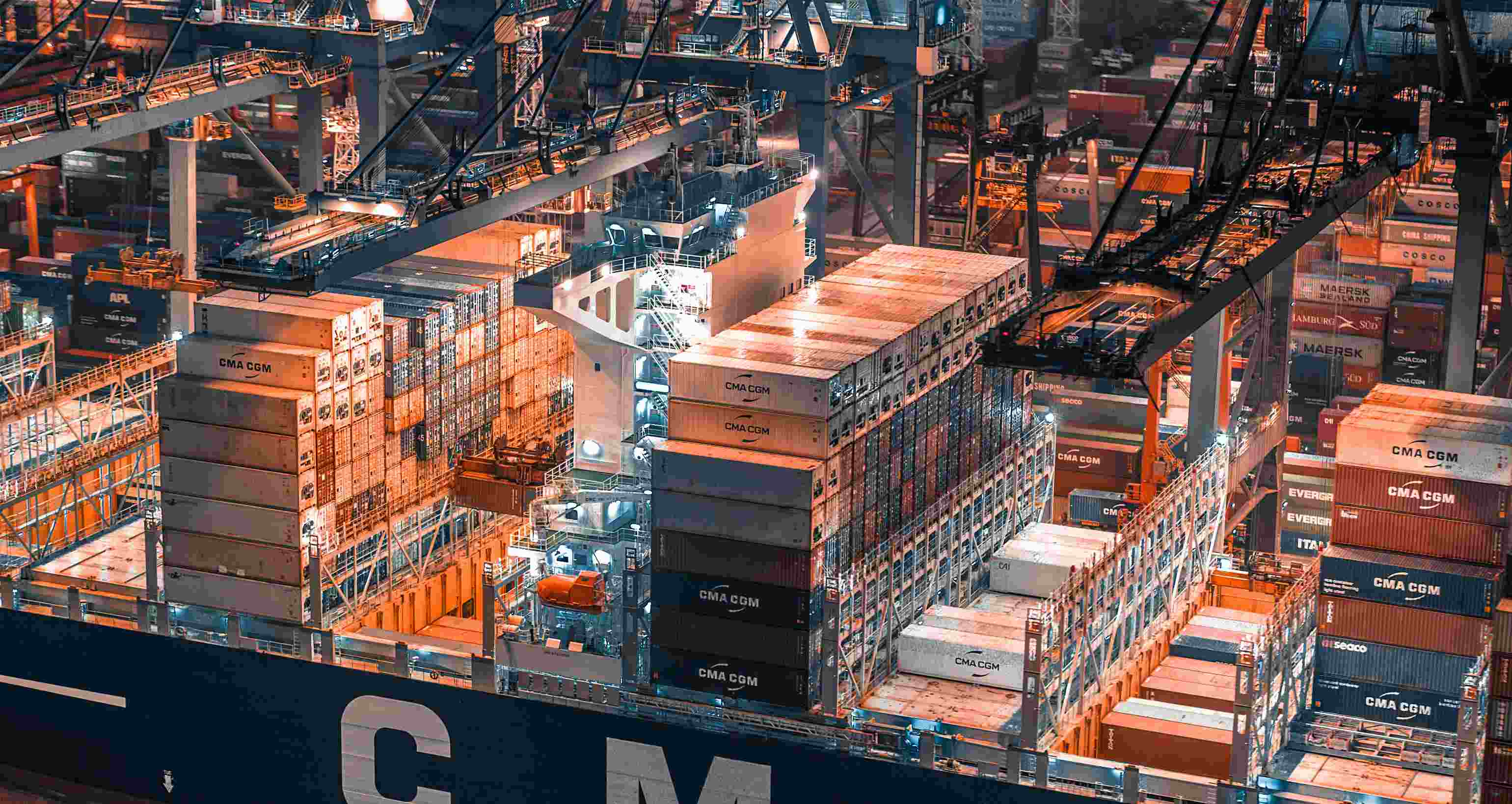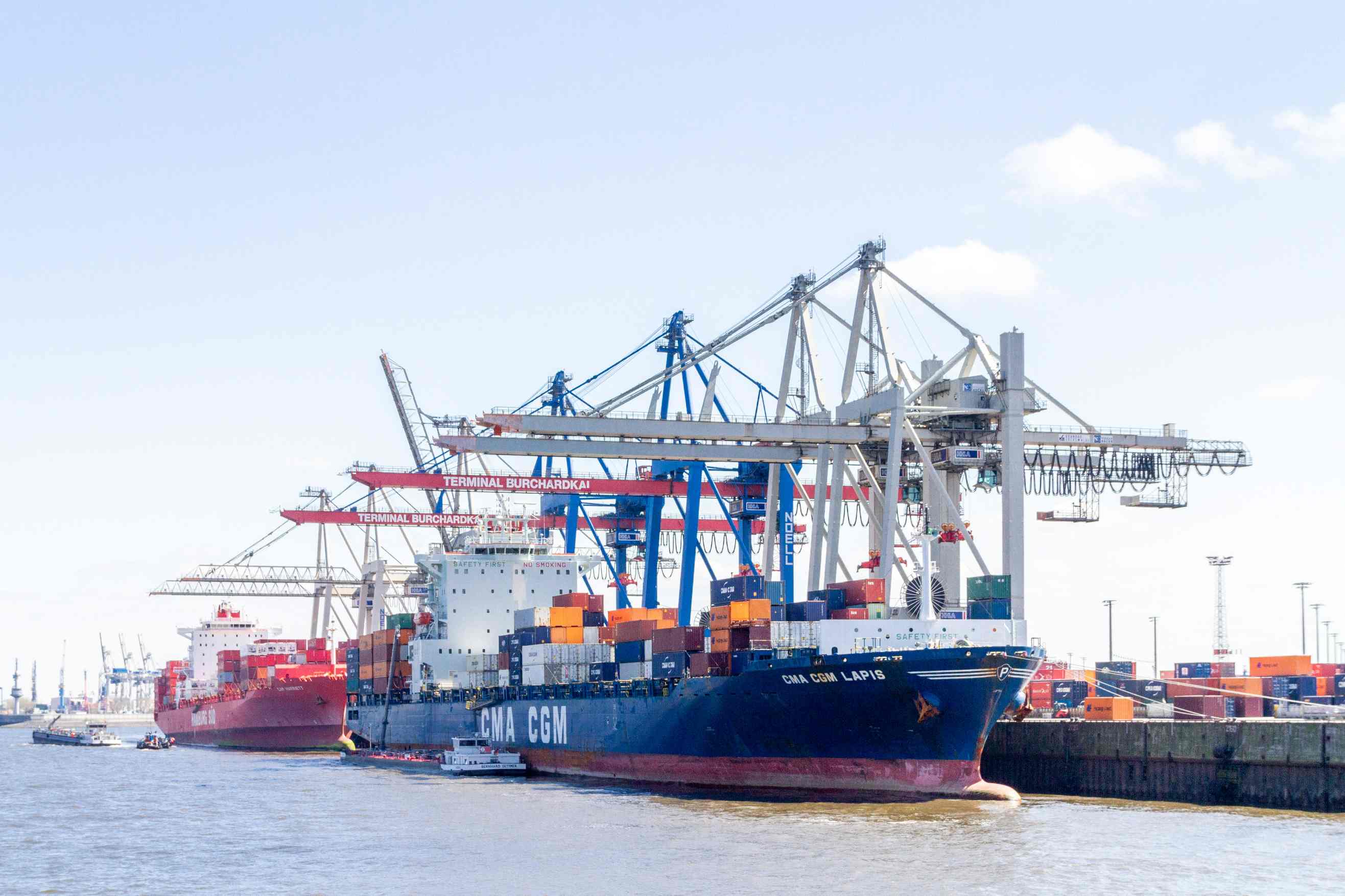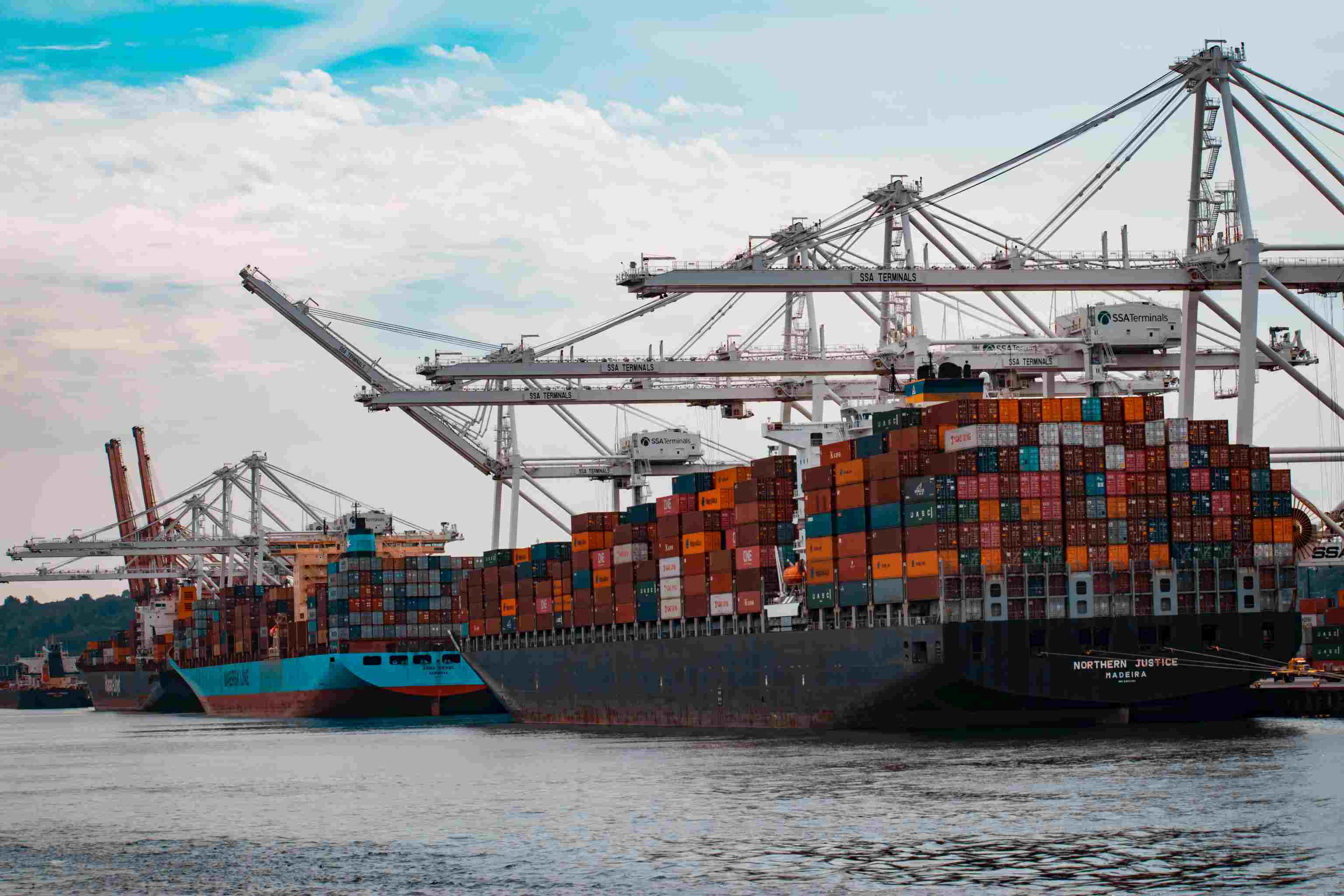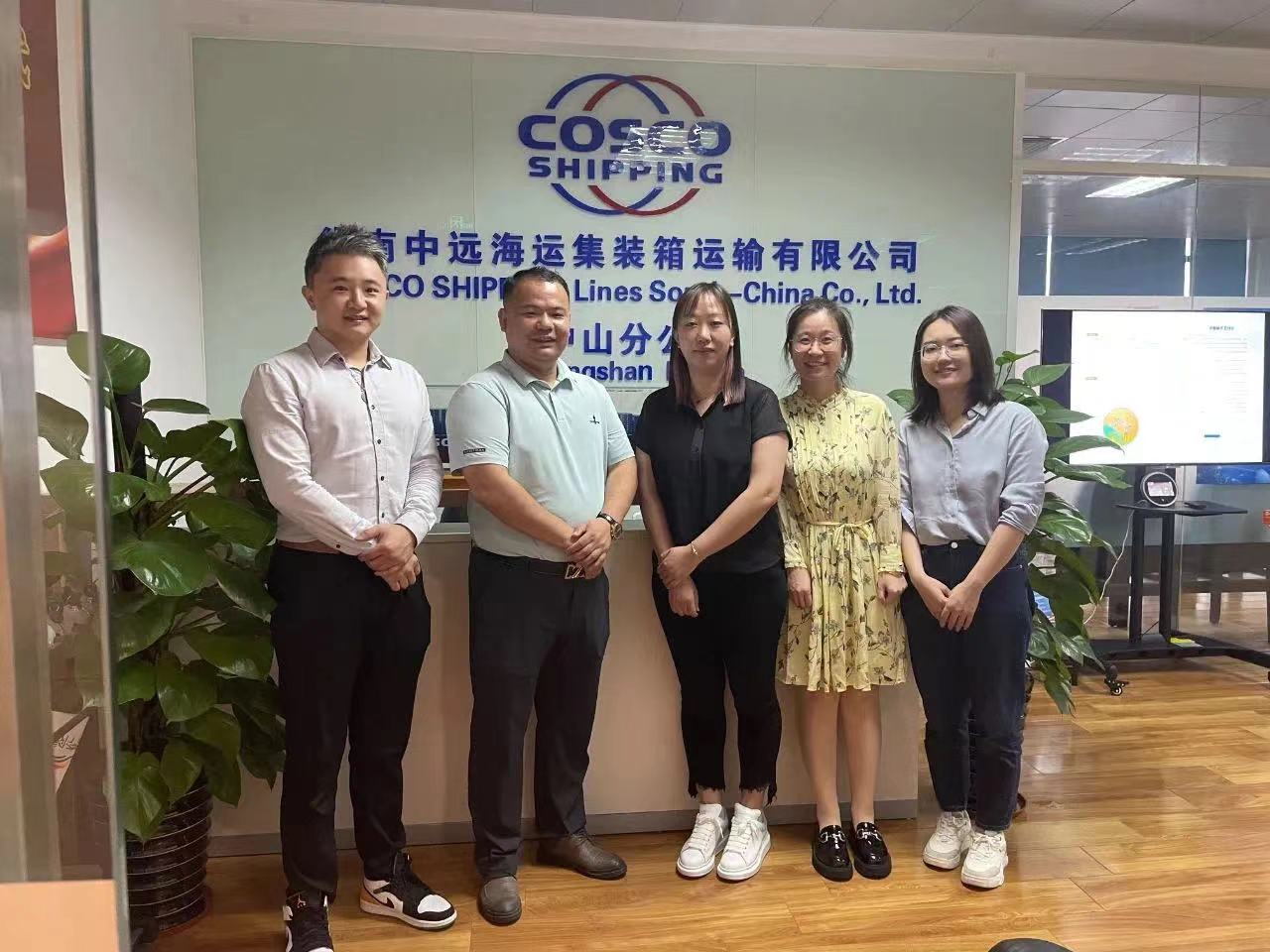Smooth Sailing: Strategies to Minimize Sea Freight Transit Times and Boost Productivity
Efficient Route Planning
One of the fundamental strategies to minimize sea freight transit times is through efficient route planning. Selecting the most strategic routes can significantly cut down transit times. Advances in technology and specialized software now allow for precise route optimization, taking into account factors such as weather conditions, port congestion, and geopolitical situations.For instance, leveraging Geographic Information Systems (GIS) and predictive analytics helps in plotting the shortest and safest routes, avoiding potential delays. Real-world examples, like Maersk's use of AI-driven route planning, demonstrate how technology can lead to faster and more reliable sea freight operations.
Optimizing Loading and Unloading Processes
Efficiency in loading and unloading processes at ports can drastically reduce transit times. Implementing best practices in cargo handling, such as standardized loading protocols and efficient stowage plans, ensures quicker turnaround times at ports.Automation and robotics have further streamlined these processes. Automated cranes and robotic sorting systems speed up cargo handling, as seen in ports like Rotterdam and Singapore, which have adopted cutting-edge technologies to minimize delays. These ports serve as benchmarks, showing how modernization can lead to significant time savings.
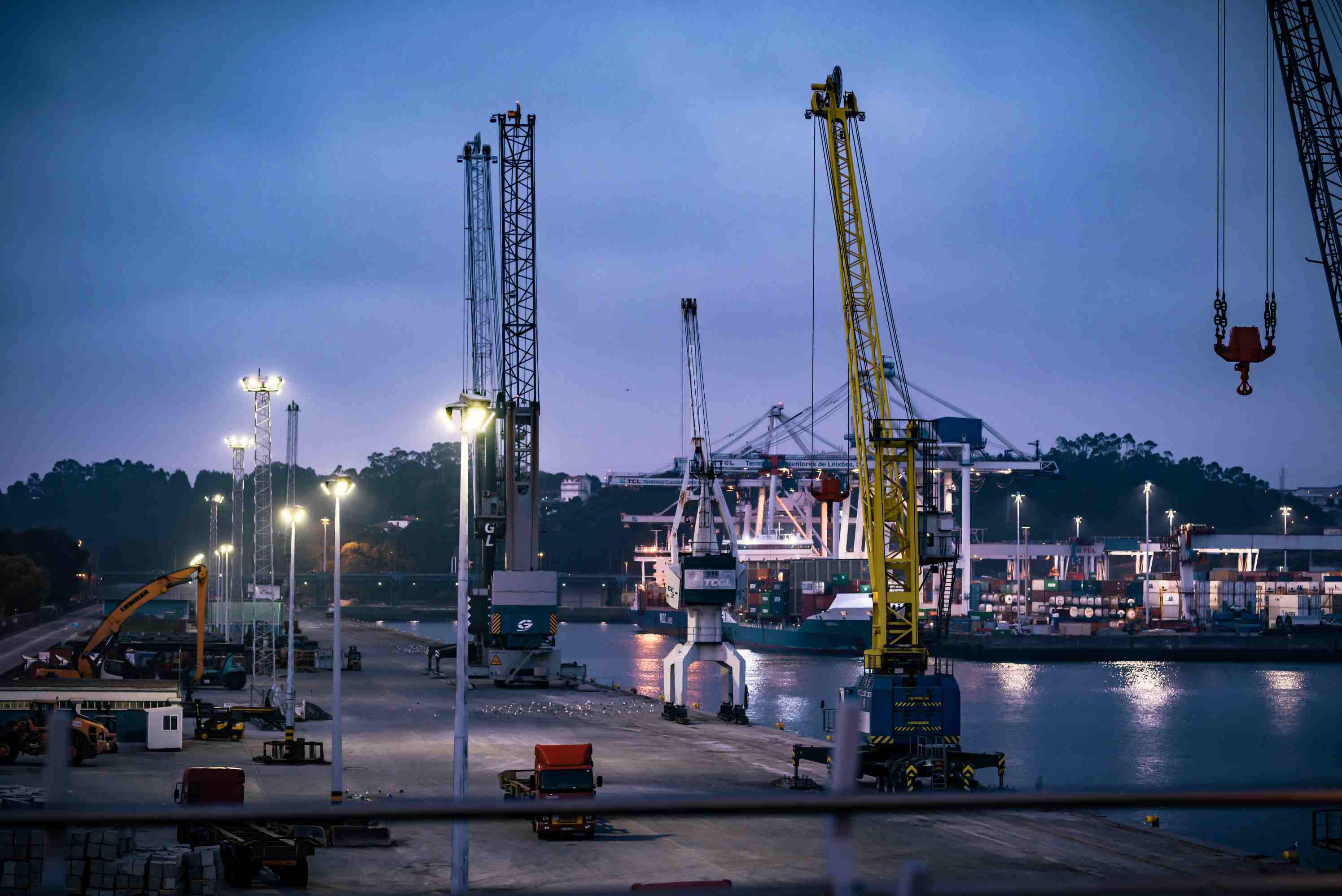
Collaborative Efforts with Supply Chain Partners
Collaboration among all stakeholders in the supply chain is essential for minimizing sea freight transit times. Effective communication and coordination with suppliers, carriers, and customers can prevent bottlenecks and ensure smooth transitions at each stage of the logistics process.Strategies such as integrated supply chain management systems and collaborative planning, forecasting, and replenishment (CPFR) have shown positive results. Successful case studies include companies like Procter & Gamble, which has improved its supply chain efficiency through strategic partnerships and synchronized operations, resulting in reduced transit times.
Regulatory Compliance and Risk Management
Adhering to international shipping regulations and managing risks effectively are crucial for preventing delays in sea freight transit. Understanding and complying with regulations such as the International Maritime Organization (IMO) guidelines ensures that ships avoid unnecessary inspections and detentions.Risk management involves identifying potential risks, such as piracy, natural disasters, and political instability, and developing mitigation strategies. Companies like MSC have robust risk management frameworks that have helped them maintain punctual deliveries despite challenging conditions.
Conclusion
In summary, minimizing sea freight transit times requires a multifaceted approach that includes efficient route planning, advanced tracking and communication systems, optimized loading and unloading processes, collaborative efforts with supply chain partners, and strict regulatory compliance and risk management.By adopting these strategies, businesses can enhance productivity, improve customer satisfaction, and gain a competitive advantage in the global market. The future of sea freight lies in continuous innovation and collaboration, paving the way for even more efficient and reliable operations.
